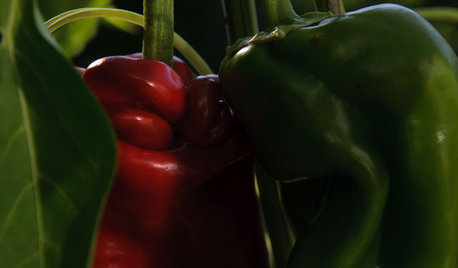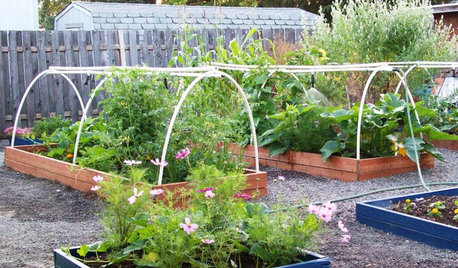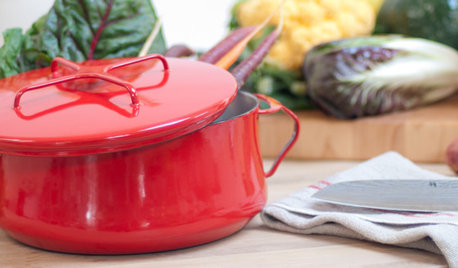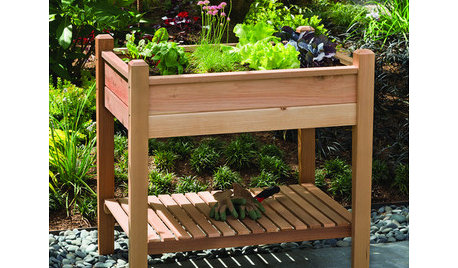Tomato and Pepper production slowdown
ehsteve
11 years ago
Related Stories

EDIBLE GARDENSSummer Crops: How to Grow Tomatoes
Plant tomato seedlings in spring for one of the best tastes of summer, fresh from your backyard
Full Story
GARDENING GUIDESSummer Crops: How to Grow Peppers
Some like 'em hot; others like them sweet. With the incredible range of peppers available for home gardens, you can have your pick
Full Story
BENEFICIAL INSECTSAttract Pollinators for a Productive Edible Garden
You can lure bees, butterflies and birds into your yard with the right flowers and nesting spots
Full Story
SHOP HOUZZHouzz Products: Summer Color for the Patio
Set a sunny, happy outdoor scene with accessories and furniture in sea blue and sunset orange
Full Story
SHOP HOUZZHouzz Products: It’s Prime Time for TV Dinners
Welcome the new television season with a chic viewing and dinner party for yourself or a few friends
Full Story
SHOP HOUZZHouzz Products: Stock Your Kitchen for Autumn
Serve hearty meals with a side of style by gathering up these fall-perfect pots, linens, serving pieces and kitchen tools
Full Story
FARM YOUR YARDHouzz Call: Home Farmers, Show Us Your Edible Gardens
We want to see where your tomatoes, summer squashes and beautiful berries are growing this summer
Full Story
FARM YOUR YARD9 Ways to Change Up Your Vegetable Garden for the Coming Season
Try something new for edible plantings that are more productive than ever
Full Story
PRODUCT PICKSGuest Picks: 20 Outdoor Planters to Green Up Your Patio
Bring the garden to you with stylish pots, urns and other planters of all shapes and sizes
Full Story
KITCHEN DESIGNGuest Picks: Silliness in the Kitchen
20 ways to crack a smile while cooking up something seriously delicious
Full StoryMore Discussions







greentiger87
edweather USDA 9a, HZ 9, Sunset 28
Related Professionals
Folsom Landscape Architects & Landscape Designers · Lakewood Landscape Architects & Landscape Designers · South Elgin Landscape Architects & Landscape Designers · Goodyear Landscape Contractors · Caldwell Landscape Contractors · Oakland Landscape Contractors · South Hackensack Landscape Contractors · Waterford Landscape Contractors · Bensenville Landscape Contractors · Wichita Window Contractors · Minnetonka Window Contractors · Wixom Window Contractors · Falls Church Fence Contractors · Lakewood Fence Contractors · La Mirada Fence ContractorsehsteveOriginal Author